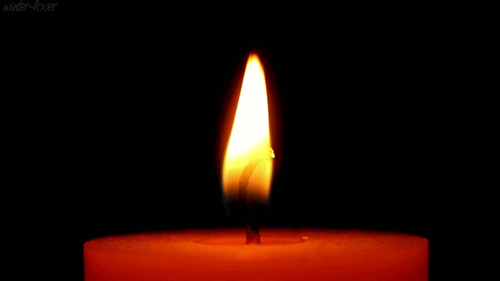Duccio's Maesta Altarpiece contains nine images related to Christ's Resurrection and the subsequent appearances of the Risen Jesus. Here is his depiction of the Gospel Account of the Apostles Meeting the Risen Jesus on the Road to Emmaus.
The story is recounted in Luke 24:13-35. Could I suggest getting your bible out and having another look at the story. Someone might think, "Oh I already know that story." Read it again anyway, but pray this prayer first:
Risen Jesus,
I have broken open my gospel book,
like the breaking open of good bread,
because your nourishing word is there for me.
Wake me up, Jesus, to some word, some phrase,
that's waiting to jump out and seize me
in some fresh way.
I want my heart to burn
like the apostles burned with love for you,
along my own Emmaus way.
That this story takes place along a road signals it is a story about transitioning—moving from here to there. But the movement is interior and spiritual. When I grasp this idea, then I have moved form being an admirer to being a disciple. A disciple is one who sets out to learn.
Duccio emphasizes this transition idea by having two kinds of pavement. The first, where the apostles meet Jesus, is a rough cobblestone road. Then, the road leading into the house, where they will go to stay with Jesus, is a smooth, herringbone patterned, paved road.
The city of Emmaus is styled after any important Medieval city Duccio would have known. He has also depicted Jesus in the outfit of a typical pilgrim of his own day: staff, wide-brimmed hat, pouch and rough clothing. This is one of a number of times when the Risen Jesus is not recognized—remember Magdalene thinking Jesus was the gardener on Easter morning (John 20:1-18). Jesus isn't a resuscitated corpse; there is something new about him.
Ostensibly, the journey is to Emmaus, but what is it really? It is the journey of the soul coming to discover the Risen Christ. And this discovery happens gradually. This conversation of the apostles with Jesus happens over some time, doesn't it? Coming to know Christ is a gradual movement from spiritual infancy to a mature faith. Mature faith isn't the same as knowing a catechism inside-out or having the answer to every question. That's not the same as knowing the Risen One.
Notice that the journey starts in a very human place. That's where life in Christ begins, in the human place. After all, God has gone to a great deal of trouble to come to be with us in the human place. This is the Incarnation.
These two apostles model for us how to come to Christ. Listen to them. They go on at length, sharing their disappointment. Maybe they were full of regrets for having missed so much of what Jesus had taught. But Jesus listens patiently and then puts his finger on it, telling them they are "foolish and sluggish of heart."
Then, (a good bible translation will tell us), Jesus opened up the scriptures. Just as Jesus wants an opening up for you and for me too. Can you name a time in your life when you felt Christ really opened you up to something importantly new? Something so new you weren't your old self anymore. Something akin to the apostles, "Were not our hearts burning within us while He spoke on the way...?"
Then the apostles make the right request, "Stay with us." And Jesus responds. His answer is the broken bread—the Eucharistic Way. But the Eucharist isn't my personal "trip" with Jesus—it is for our transformation. When the bread is broken, they recognize Jesus and get up. It is as if they are experiencing their own resurrection. The text says, "Rising up the same hour they went back to Jerusalem and found the eleven." Wow! They are new people. They are encouraged, with enlightened minds and enkindled hearts. They're energized and become sharers.
Pope Benedict has said, "A Christian is a heart that sees and is moved." A Christian is a heart—a heart that sees? That sees Christ. That sees God's presence in my life story. That sees the wonders that are all around me. That sees the sufferers near and far (I am dismayed by Christians who don't know what's happening in the world). A heart that sees and is moved. Moved to what or where? Moved to compassion, openness, creativity, that moves out of the consumerist bubble-world we're encouraged to live in, to encounter.















